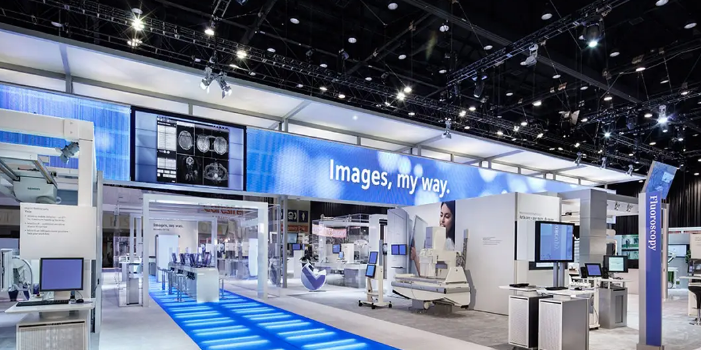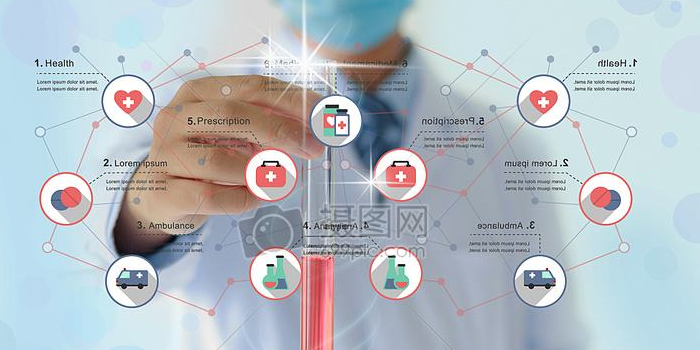
Overview
The medical industry will incorporate more high-tech technologies such as artificial intelligence and sensing technology, so that medical services will become truly intelligent and promote the prosperity and development of the medical industry. In the context of China’s new medical reform, smart medical care is entering the lives of ordinary people. Smart healthcare consists of three parts, namely the smart hospital system, the regional health system, and the family health system.
Brief introduction
Taking the medical information system as an example, smart medical care has the following characteristics:
1.Connected
Authorized doctors can check the patient’s medical records, patient history, treatment measures and insurance details at any time, and patients can also choose to change doctors or hospitals.
2.Collaborative
Turn the information warehouse into a shareable record, integrate and share medical information and records, in order to build a comprehensive professional medical network.
3.Preventative
Sensing, processing, and analyzing critical medical events in real time to respond quickly and efficiently.
4.Popular
Support township and community hospitals to connect seamlessly to central hospitals so that expert advice, referrals and training can be accessed in real time.
5.Innovative
Improve knowledge and process handling capabilities to further promote clinical innovation and research.
6.Reliable
Enables practitioners to search, analyze and cite a wealth of scientific evidence to support their diagnosis.
Feature
Technology Integration Improves Building Efficiency and Patient Experience
Imagine a facility as smart as your doctors. With our approach to systems integration, we help healthcare organizations create healing environments and improve overall efficiency through data-enabled solutions that respond to the needs of patients, staff, and visitors. An optimized and integrated infrastructure streamlines communications and workflow, and it’s also an investment that contributes to future outcomes—reducing costs while enhancing patient and staff satisfaction, patient care, and the quality of the hospital.








